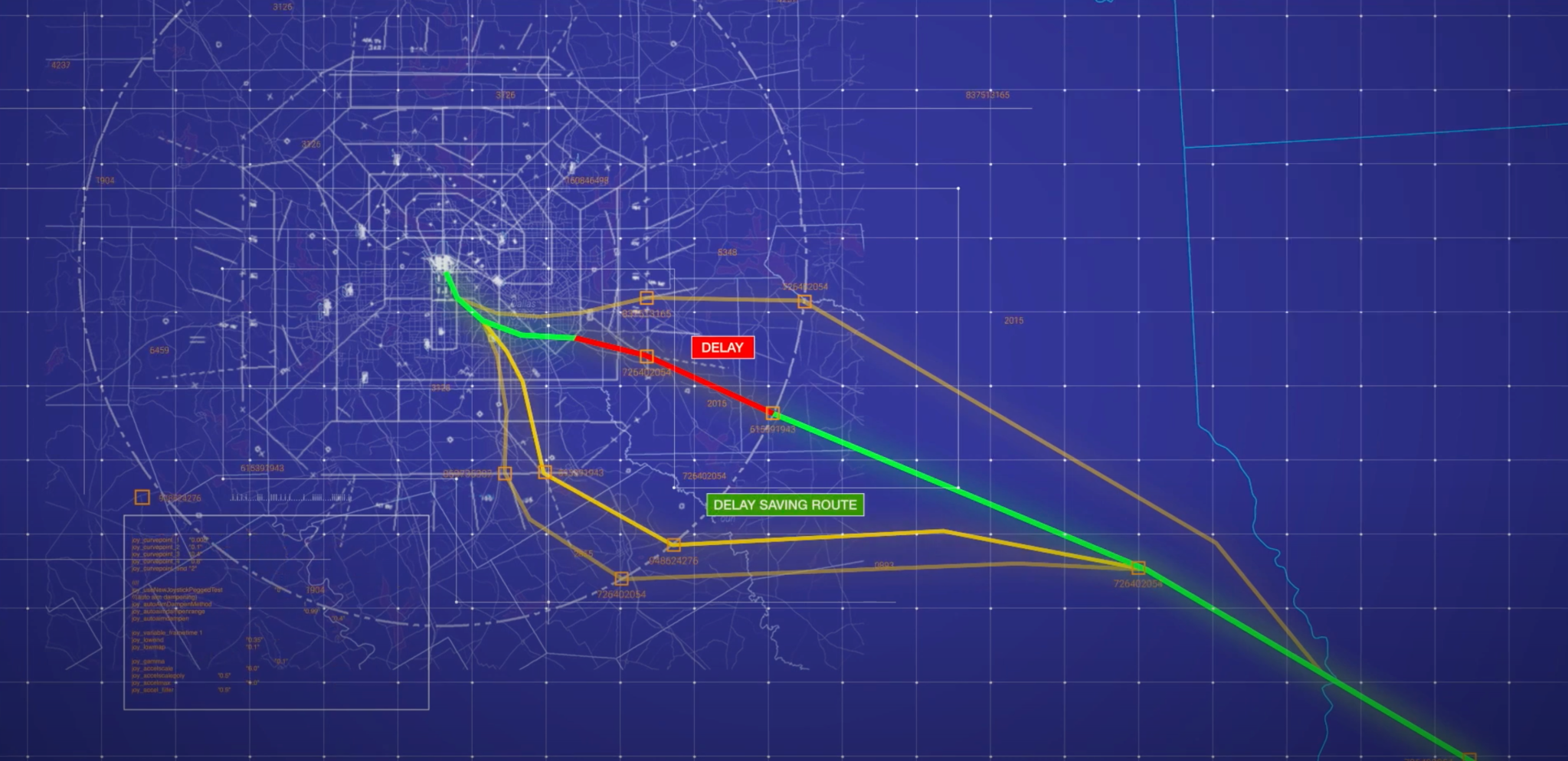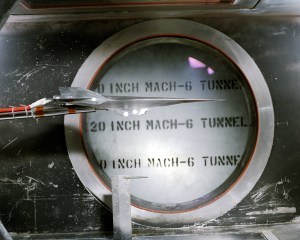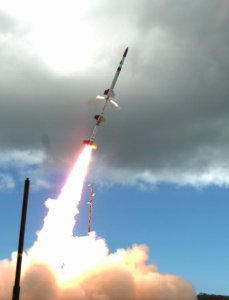NASA Cloud-Based Platform Could Help Streamline, Improve Air Traffic
Just like your smartphone navigation app can instantly analyze information from many sources to suggest the best route to follow, a NASA-developed resource is now making data available to help the aviation industry do the same thing. To assist air traffic managers in keeping airplanes moving efficiently through the skies, information about weather, potential delays, […]
4 min read
Preparations for Next Moonwalk Simulations Underway (and Underwater)

Just like your smartphone navigation app can instantly analyze information from many sources to suggest the best route to follow, a NASA-developed resource is now making data available to help the aviation industry do the same thing.
To assist air traffic managers in keeping airplanes moving efficiently through the skies, information about weather, potential delays, and more is being gathered and processed to support decision making tools for a variety of aviation applications.
Appropriately named the Digital Information Platform (DIP), this living database hosts key data gathered by flight participants such as airlines or drone operators. It will help power additional tools that, among other benefits, can save you travel time.
Ultimately, the aviation industry… and even the flying public, will benefit from what we develop.

Swati Saxena
NASA Aerospace Engineer
“Through DIP we’re also demonstrating how to deliver digital services for aviation users via a modern cloud-based, service-oriented architecture,” said Swati Saxena, DIP project manager at NASA’s Ames Research Center in California.
The intent is not to compete with others. Instead, the hope is that industry will see DIP as a reference they can use in developing and implementing their own platforms and digital services.
“Ultimately, the aviation industry – the Federal Aviation Administration, commercial airlines, flight operators, and even the flying public – will benefit from what we develop,” Saxena said.
The platform and digital services have even more benefits than just saving some time on a journey.
For example, NASA recently collaborated with airlines to demonstrate a traffic management tool that improved traffic flow at select airports, saving thousands of pounds of jet fuel and significantly reducing carbon emissions.
Now, much of the data gathered in collaboration with airlines and integrated on the platform is publicly available. Users who qualify can create a guest account and access DIP data at a new website created by the project.
It’s all part of NASA’s vision for 21st century aviation involving revolutionary next-generation future airspace and safety tools.
Managing Future Air Traffic
During the 2030s and beyond, the skies above the United States are expected to become much busier.
Facing this rising demand, the current National Airspace System – the network of U.S. aviation infrastructure including airports, air navigation facilities, and communications – will be challenged to keep up. DIP represents a key piece of solving that challenge.
NASA’s vision for future airspace and safety involves new technology to create a highly automated, safe, and scalable environment.
What this vision looks like is a flight environment where many types of vehicles and their pilots, as well as air traffic managers, use state-of-the-art automated tools and systems that provide highly detailed and curated information.
These tools leverage new capabilities like machine learning and artificial intelligence to streamline efficiency and handle the increase in traffic expected in the coming decades.
Digital Services Ecosystem in Action
To begin implementing this new vision, our aeronautical innovators are evaluating their platform, DIP, and services at several airports in Texas. This initial stage is a building block for larger such demonstrations in the future.
“These digital services are being used in the live operational environment by our airline partners to improve efficiency of the current airspace operations,” Saxena said. “The tools are currently in use in the Dallas/Fort Worth area and will be deployed in the Houston airspace in 2025.”
The results from these digital tools are already making a difference.
Proven Air Traffic Results
During 2022, a NASA machine learning-based tool named Collaborative Digital Departure Rerouting, designed to improve the flow of air traffic and prevent flight delays, saved more than 24,000 lbs. (10,886 kg.) of fuel by streamlining air traffic in the Dallas area.
If such tools were used across the entire country, the improvements made in efficiency, safety, and sustainability would make a notable difference to the flying public and industry.
“Continued agreements with airlines and the aviation industry led to the creation and expansion of this partnership ecosystem,” Saxena said. “There have been benefits across the board.”
DIP was developed under NASA’s Airspace Operations and Safety Program.
About the Author
John Gould
John Gould is a member of NASA Aeronautics' Strategic Communications team at NASA Headquarters in Washington, DC. He is dedicated to public service and NASA’s leading role in scientific exploration. Prior to working for NASA Aeronautics, he was a spaceflight historian and writer, having a lifelong passion for space and aviation.







